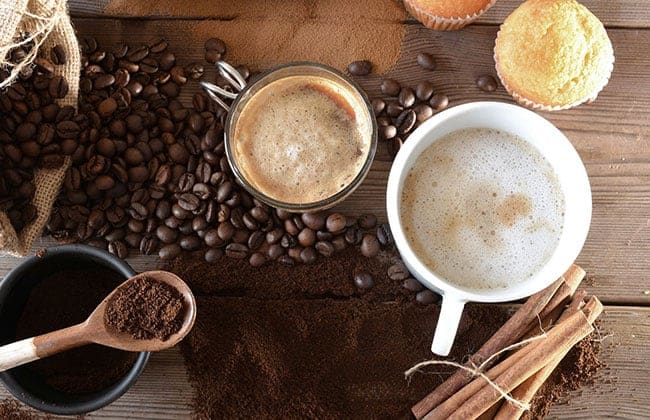
How To: Home Brewing
Brewing great coffee at home starts with high-quality beans, but crafting the perfect cup includes many other factors as well. It can seem intimidating and even expensive to optimize your homebrew, but we want to help! We have broken the process down into five simple categories: coffee quality, freshness, grinding, brewing, and water quality. There is no need to look at these factors as an all-or-nothing choice. By simply starting with one category, you can begin improving your daily cup — and the La Terza staff is always here to help! We love meeting people where they are in their coffee journey and then accompanying them along the way.
One: The Beans
The first thing to take into consideration is the quality of the bean you’re brewing. Coffee flavors and taste can change dramatically based on how the coffee is picked, produced and roasted. Using a local roaster is the best way to ensure that you are getting a high-quality product. We encourage you to come in and talk with our team members! They are so passionate about both the sourcing and roasting process and would love to talk with you about it.
Two: The Freshness
Secondly, freshness is very important when it comes to making a phenomenal cup. Coffee flavor is at its peak when brewed within seven to ten days after it’s roasted. By choosing to buy from a local roasterie, the freshness will be maximized. There is also a common misconception that coffee should be stored in the refrigerator. Actually, you want to avoid this! The best way to keep your coffee fresh is to store it in an airtight glass or metal container and out of direct sunlight.
Three: The Grind
The next thing that can dramatically change your cup is how you grind your beans. For a successful grind at home, you should be using a burr grinder that crushes the beans and gives them a good texture but isn’t a source of heat. A blade grinder will add heat and friction to the beans which can affect the flavor inadvertently. Moving to a proper grinder will likely be what brings the most notable difference to your cup! If you are looking at adding new pieces to your coffee brewing equipment, a good grinder is a great place to start.
Four: The Brew
One of our main recommendations when brewing a consistent and quality cup of coffee is to use a scale. Using a scale can help to make the correct coffee-to-water ratio and will optimize a successful brew and lend to having a more consistent daily cup. This also allows you to play around! One of the beauties of coffee is that there’s so much room to find what you enjoy! A scale can give you a baseline ratio which you can adjust as you learn what you enjoy the most. You’ll even find that different beans can shine using different brew ratios. A good starting point is 10 grams of coffee (or roughly 2 tablespoons) per 6 ounces of water. We recommend using a higher quality, Speciality Coffee Association certified brewer like the Technivorm Moccamaster. Not only will these provide an amazing cup of coffee but it also heats the water to the appropriate temperature. One of the best features is that they will last for a long time.
Five: The Water
Lastly, one of the most forgotten about factors is the quality level of the water with which you’re brewing. Using tap water can introduce many unwanted additives to the coffee and can end up damaging your machine. Using spring water or filtered water can make a huge, positive impact on how the drink tastes. In terms of looking at the ratio of coffee, water comprises the majority of the drink and can, therefore, be a big player in flavor.
If you’d like to get an even more in-depth explanation of the ‘do’s and ‘don’t’s of home brewing, we encourage you to attend one of our automatic drip brewing classes! Bring in your home brewer and we will help you dial in the machine to the best of its ability. We are equally passionate about helping in this element of optimizing what you have at home rather than just encouraging you to buy a new piece of equipment.
